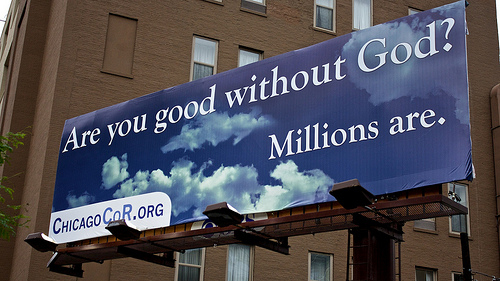
Public opinion polling in America dates back to the 1930s, and religious beliefs and behaviors have always been topics of interest. However, polls do not produce perfect measurements and their results can both shape and misrepresent the reality of public beliefs and behaviors. Religion Dispatches recently interviewed sociologist Robert Wuthnow about his new book Inventing American Religion: Polls, Surveys, and the Tenuous Quest for a Nation’s Faith in which he details the ways in which polls have shaped the religious makeup of the American population.
Wuthnow explains that in the 1970s, the Gallup poll’s overly broad and vague questions about evangelical identity resulted in a huge overestimation of the number of evangelicals in America at the time. He explains:
The year of the evangelical was 1976, when Jimmy Carter achieved election to the White House and the role of polling was to greatly expand the number of Americans who were evangelicals… How is that possible that a poll could do that? …Gallup said there might be 50 million Americans who are evangelicals, and journalists ran with that… The way they got 50 million was basically inventing a new question that said something to the effect of, “Have you ever had a born-again religious experience, or something similar to a religious awakening?” And that was pretty much it… There was a lot of diversity among evangelicals themselves that got masked by being lumped together in the polls as if they were all the same thing.
The results of that 1976 poll influenced not only perceptions of the number of evangelicals among journalists, but also political perceptions of evangelicals as a voting bloc. If there were that many evangelicals in America, then politicians could cater to them to gain votes. Evangelicals began to be treated as one homogenous group instead of the highly heterogenous group that they really were.
Wuthnow explains how a similar phenomenon is happening with the rise of the non-religious in America—commonly known as the “nones.” Polls and surveys are reporting an increase in those who are saying they are not religious, but these general trends can mask huge variation among the non-religious. Many, for instance, still believe in a god and go to church, and only a very small percentage actually identify as atheist. Further, Wuthnow says, people often change their beliefs and opinions over time, and poll data glosses over that fact:
Polls have always assumed that whatever a person says is reliable, and that they really mean it and stick with it. So if you find any changes over time, that’s significant because polls are measuring stable opinions—if those change, that’s important.

Comments